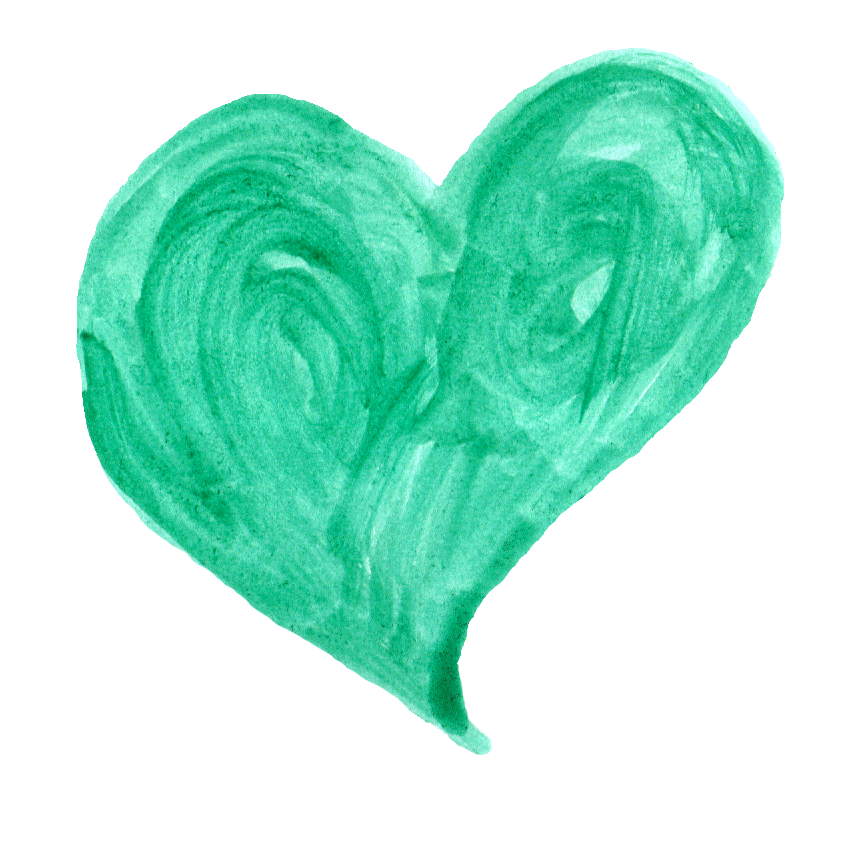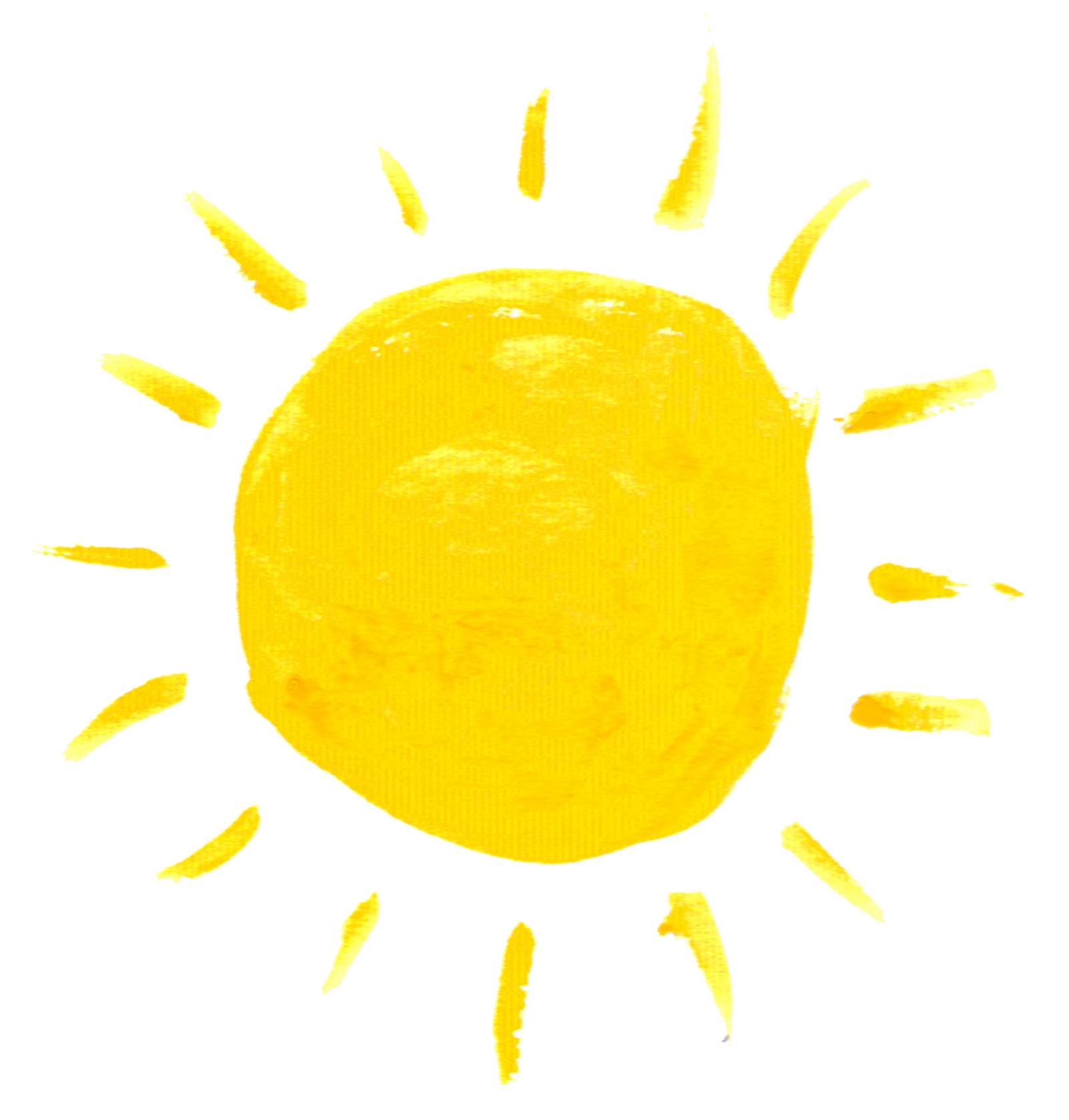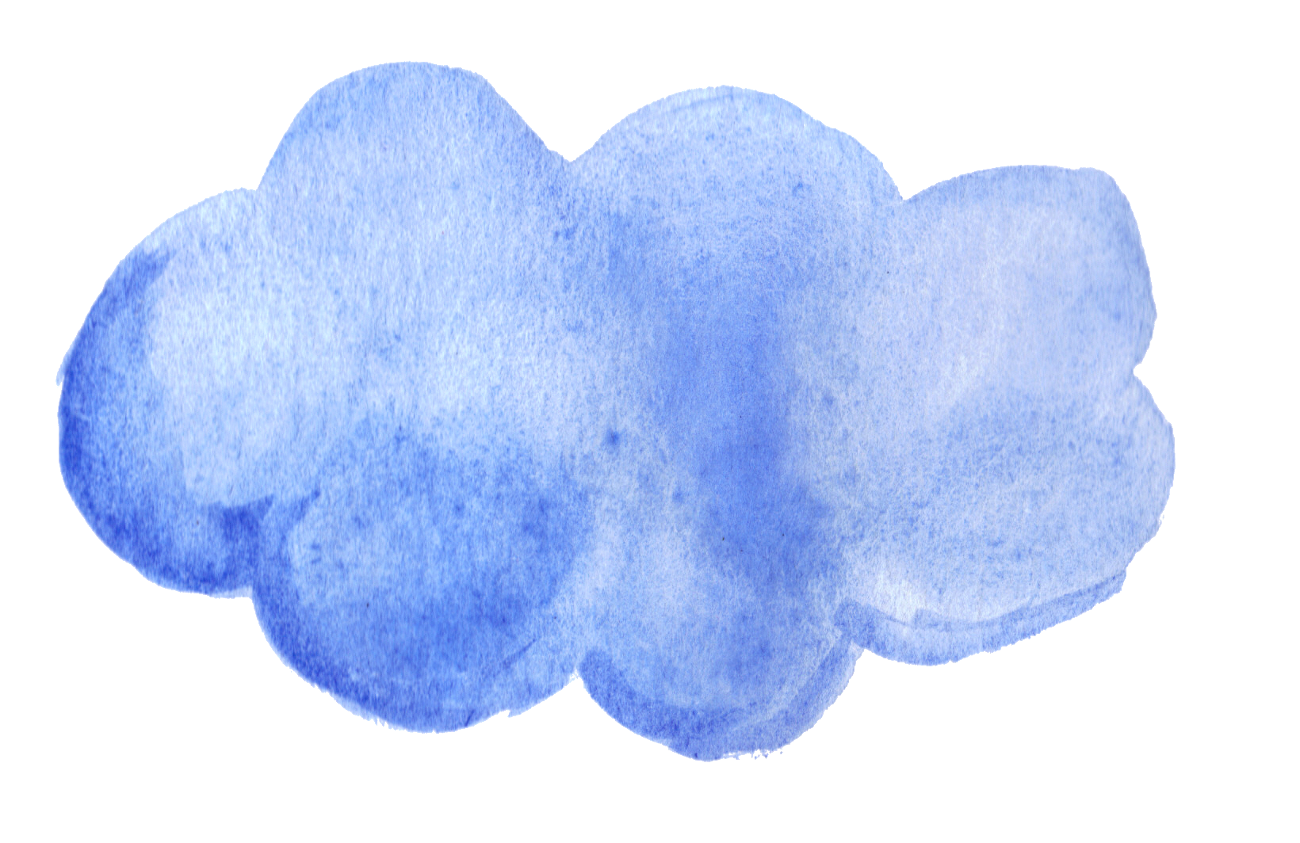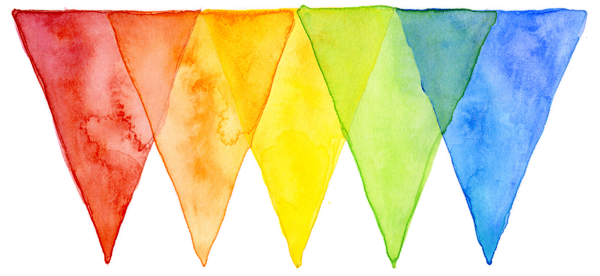
In our artroom, we are learning...
1. Creativity
2. Confidence
3. Problem Solving
4. Perseverence
5. Focus
6. Non-Verbal Communication
7. to recieve Constructive Feedback
8. Collaboration
9. Dedication
10. Accountability

Dates to Know
SquareOne art: order forms coming home in March
Art Show: May
4th grade Arnot Art museum reception: June

K-1st grade artists
Are learning to:
- Create a small, hollow pinch pot
- Identify art materials and supplies
- Identify some elements of art (line, color, shape, texture)
- Paint pictures expressing ideas about family/community
- Use lines, shapes and colors to make patterns
- Build skills (use of scissors, glue and paper, paint, pastel)
- Make a collage with cut or torn shapes
- Use geometric shapes in a work or art
- Paint small and big sections with various brushes
- Can repeat patterns found in nature or works of art
- Create a pinch pot or textured slab of clay
- Identify the elements of art in nature, the environment and works of art
- Use texture in clay art and painted artwork
- Mix secondary colors from primary colors
- Fold & cut paper into symmetrical shape
- Draw or paint a still life
- Create artwork based on observation
- View and create art from various cultures
- Identify and create various subject matters (landscapes, seascapes, portraits)?

2nd-3rd grade artists
Are learning to:
- Understand repetition and balance in nature, environment and works of art
- Identify the elements of art in nature, the environment and works of art focusing on line, color,
- shape/form, texture and space
- Demonstrate beginning skills in basic tools and art-making processes.
- Demonstrate beginning skill in oil pastel, watercolors and tempera
- Depict the illusion of space by using overlapping shapes, relative size and placement
- Paint a picture using warm and cool colors
- Use bilateral or radial symmetry to create visual balance
- Identify and discuss how art is used in events and celebrations in various cultures, past and
- present, including the use in their own lives.
- Use vocabulary to describe art objects from various time periods and cultures
- Use placement, overlapping and size differences to show opposites
- Use expressive colors to create mood and personality within a portrait of a hero from long or
- recent past.
- Use tints and shades in creating art
- Use rhythm and movement in works of art
- Use foreground, middle ground and background to create the illusion of space
- Compare and contrast works of art made by different media (e.g. watercolor and tempera)
- Use tempera paint to create tints, shades and neutral colors
- Draw a landscape, seascape or cityscape to create the illusion of space
- Create a work of art based on observation of objects or scenes in daily life
- Create an imaginative clay structure
- Create a piece of art that expresses rhythm and movement
- Identify artists from his or her own community/county/state or regional art traditions

4th grade artists
Are learning to:
- Describe how negative and positive shapes/forms are used in art
- Use watercolors effectively
- Paint or draw a landscape
- Identify and use pairs of complementary colors and discuss how artists use them to create mood
- Use the concept of proportion in a work of art (face, figure, etc)
- Use shading to transform a 2-dimensional shape into what appears to be a 3-dimensional shape
- Use the conventions of facial or figure proportions
- Use fibers to create a simple weaving
- Use contrast in a work of art
- Create a piece of art that focuses on the different cultures that contributed to California’s history
- and art heritage
- Create a work of art using bilateral or radial symmetry